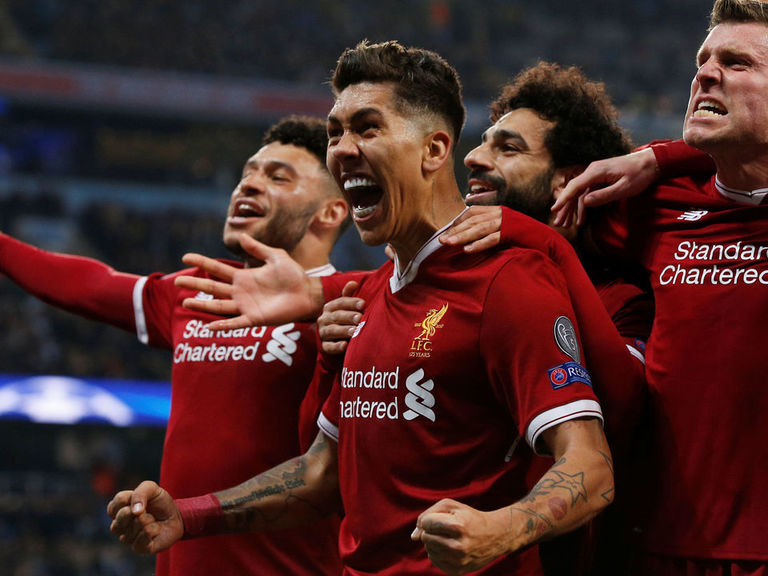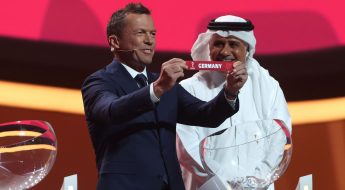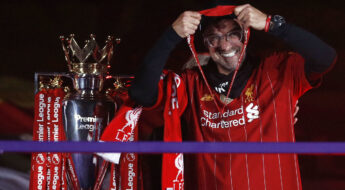Coming of age: Once error-prone Liverpool turning into well-rounded side

The story in the first months of the season was more about Liverpool’s frailties than its attacking virtues. The Reds had conceded 16 goals through their first nine league matches – more than any other Liverpool team had since 1964-65. Dejan Lovren, substituted just 31 minutes into a 4-1 trouncing at Tottenham, was an accident waiting to happen.
Then there was the setback against Swansea City – a 1-0 defeat despite 71.8 percent possession – and West Bromwich Albion days later in the FA Cup. Midfield battles were lost and free headers were conceded in the penalty area. Jurgen Klopp was stuck answering questions about his defensive record, and whether he was abandoning the fundamentals of the game.
But the narrative has changed. Three consecutive wins over Manchester City – including two in the Champions League quarter-finals – show how far Liverpool has come. Progress to the semi-finals certainly required goals from Mohamed Salah, Roberto Firmino, and Sadio Mane, but also a great deal of resilience and organisation at the back.
3 – Liverpool are the first team to beat a side managed by Pep Guardiola three times in a single season. Scourge. pic.twitter.com/dXAxvMQAr2
— OptaJoe (@OptaJoe) April 10, 2018
The giveaway that led to Gabriel Jesus’ second-minute opener on Tuesday was the kind of fatal error that would have killed previous iterations of this Liverpool side – “a wonderful goal that we served them on a plate,” Klopp said – but the resolve was there to snatch a 2-1 victory.
After a difficult first half, the visitor emerged as a more compact unit. Lovren and Virgil van Dijk commanded the penalty area, and it became more difficult for City to fashion genuine scoring chances. City may have had 20 shots, but Loris Karius was drawn into just three saves, which should be read as a compliment to his defenders. Lovren and Van Dijk, who combined for 21 clearances in the reverse leg, made sure that the majority of the shots came from a safer distance.
Liverpool was also economical with the ball, doing as much as it could with the little possession that it had. It cut right through the middle to set up Salah’s equaliser and jumped on a mistake by Nicolas Otamendi as Firmino scored the winner. Liverpool was more difficult to push off the ball in the second half, and against City’s press, it had to be.
Brilliant scenes after the final whistle between Liverpool players and fans… ?
Who is Jurgen Klopp smiling and waving at in the stands? ? pic.twitter.com/FgTPAfxvDk
— Football on BT Sport (@btsportfootball) April 10, 2018
Liverpool has had success on the counter because its defence has done a good enough job soaking up pressure and limiting the damage. Managing 35 percent possession or less in the three wins against Pep Guardiola’s men, the Merseyside outfit had no choice but to hassle and harry such a vaunted opposition. Leaving any more free time on the ball would’ve been suicidal. So, Liverpool kept a higher line in the second half Tuesday, forcing City to make tougher decisions on the ball.
Despite his reputation as a gunslinger, Klopp’s always been attentive to the defensive side of the game. His upbringing as a footballer in Germany’s lower tiers involved an intimate understanding of tactics. He became a disciple of former Mainz manager Wolfgang Frank, one of the forefathers of Gegenpressing, and adored the tireless training regimens of AC Milan visionary Arrigo Sacchi.
Frank’s philosophy of defending narrowly, as Raphael Honigstein described in his book “Bring the Noise: The Jurgen Klopp Story,” had an enormous effect on Klopp. As one of the defenders in Frank’s back four at Mainz, the German realised that “our system made us beat teams that had better players.” Klopp learned that teams that use space well can achieve results “independent of our talent.”
When pestered about his defensive credentials earlier this season, Klopp insisted he could “write a book about which space we have to defend, why, when, and where you have to be, when you have to push up. But you have to do it.”
On the basis of Tuesday’s evidence, Klopp’s plan is finally working.




